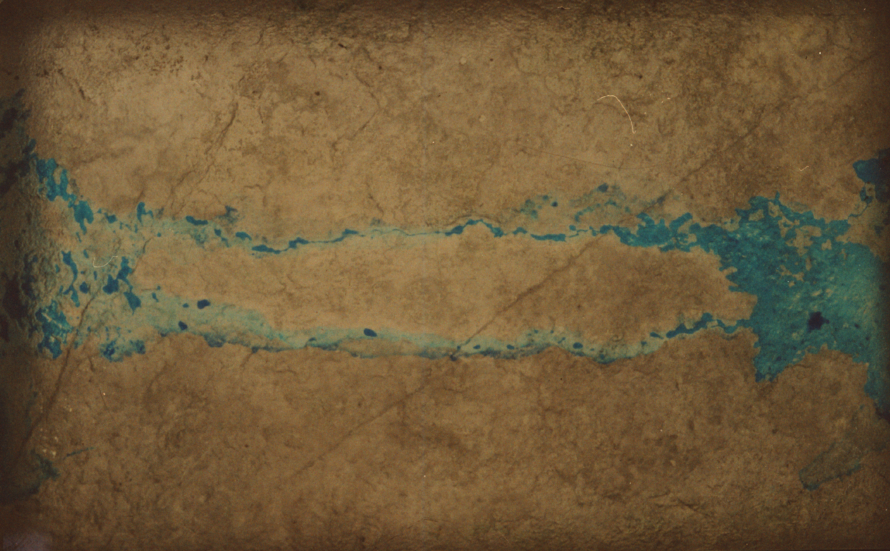While the scientific imperative of our time is to protect and use the Earth’s abundant resources wisely to ensure healthy and prosperous societies for generations to come, we have an unprecedented opportunity to advance and integrate a suite of tools and expertise required to understand Earth’s complexity.
EESA scientists are applying innovative approaches to address complex questions. Learning more about the vast diversity of microbial life living beneath our feet, or how geologic systems change over time could help pave the way for long-term solutions to our interconnected climate, energy, and environmental challenges.

The economic wealth, energy and water security, and environmental health of any nation depend on the informed use of geologic formations in Earth’s subsurface, yet we lack fundamental descriptions of the processes through which stress and mineral-fluid reactions combine to alter the properties of subsurface formations. Our scientists lead basic geoscience research that combines molecular-, pore- and continuum scale investigations of fundamental chemical-mechanical processes with the study and modeling of selected field sites exemplifying those processes, their coupling and the consequences at scale.

When exploring Earth’s microbiome, sometimes unexpected things turn up. Researchers at EESA and UC Berkeley discovered hundreds of unusually large, bacteria-killing viruses with capabilities normally associated with living organisms. Among these is the largest bacteriophage discovered to date: Its genome, 735,000 base-pairs long, is nearly 15 times larger than the average phage. This largest known phage genome is much larger than the genomes of many bacteria. These researchers previously identified more than 35 new groups of bacteria, clarifying a mysterious branch of the tree of life that has been hazy because these microbes can’t be reared and studied in the lab.

